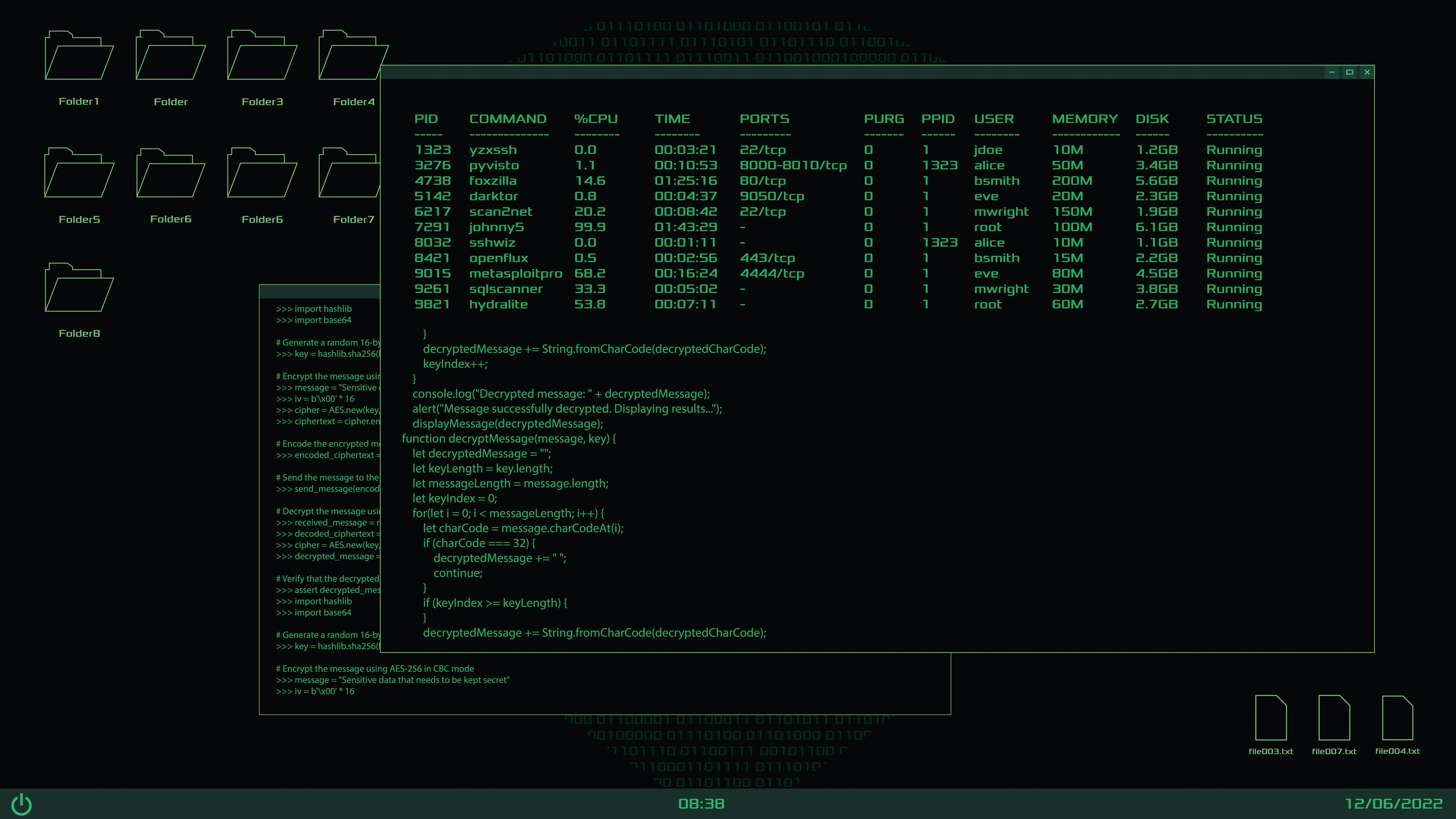Organizations face unexpected challenges that can threaten their operations, reputation, and survival. From natural disasters to cybersecurity breaches, product recalls to public relations crises, the need for a well-prepared crisis management team has never been more important. Research shows that companies with established crisis teams respond 70% faster to emergencies and reduce financial impacts by up to 50% compared to unprepared organizations. This comprehensive guide will walk you through the essential steps of building, training, and maintaining an effective crisis management team that can protect your organization when disaster strikes.
PR Overview
- Understanding the Role of a Crisis Management Team
- Essential Roles and Responsibilities
- Selecting Team Members: Key Qualities and Skills
- Training and Preparation Protocols
- Integration with Organizational Structure
- Securing Leadership Support and Resources
- Measuring and Improving Team Effectiveness
- Conclusion
Understanding the Role of a Crisis Management Team
A crisis management team (CMT) serves as the central coordination point during emergencies, making critical decisions and directing response efforts across the organization. This team must be carefully structured with clear roles, responsibilities, and authority to act swiftly when time is of the essence.
The primary functions of a CMT include assessing crisis situations, developing response strategies, coordinating internal and external communications, and managing resources to minimize damage. They also work to maintain business continuity and oversee recovery efforts once the immediate crisis has passed.
According to a study by Deloitte, 84% of companies that successfully navigated major crises attributed their success to having a well-prepared crisis management team in place. This highlights the vital importance of not just having a team, but ensuring it’s properly structured and trained.
Essential Roles and Responsibilities
The effectiveness of a crisis management team depends heavily on having the right people in the right roles. While team composition may vary based on organization size and industry, certain core positions are essential:
Crisis Management Team Leader: This individual, typically a senior executive, leads the overall response effort and makes final decisions during crises. They must have strong leadership skills, remain calm under pressure, and possess excellent judgment. The team leader coordinates with senior management and serves as the ultimate authority during crisis response.
Communications Lead: Responsible for managing all internal and external communications, this role ensures consistent messaging across all channels. They work closely with public relations teams, handle media inquiries, and coordinate stakeholder communications. Research shows that organizations with dedicated crisis communications leads respond more effectively to reputation-threatening events.
Legal Advisor: This team member provides guidance on legal implications of crisis decisions and ensures compliance with relevant regulations. They help protect the organization from liability while navigating complex situations.
IT Lead: With digital crises becoming increasingly common, the IT lead manages technological aspects of crisis response, particularly during cybersecurity incidents or systems failures. They coordinate with technical teams and oversee digital recovery efforts.
HR Representative: This role manages employee-related issues during crises, including safety concerns, workplace impacts, and staff communications. They ensure proper support for affected employees and maintain workforce stability.
Operations/Business Continuity Lead: Focusing on maintaining critical business functions, this person coordinates operational response and recovery efforts. They work to minimize disruption to essential services and oversee the return to normal operations.
Selecting Team Members: Key Qualities and Skills
Choosing the right individuals for your crisis management team requires careful consideration of both personal qualities and professional capabilities. Research by the Institute for Crisis Management indicates that the most effective crisis team members share several key characteristics:
Decision-making ability under pressure stands as the most critical quality. Team members must maintain clear thinking and make sound judgments when facing uncertain or stressful situations. Look for individuals with demonstrated experience handling high-pressure scenarios in their current roles.
Strong communication skills rank equally important, as team members must clearly convey information and instructions across various organizational levels. They should be able to articulate complex situations simply and maintain effective dialogue with multiple stakeholders.
Cross-functional knowledge proves invaluable during crises, as team members often need to understand how different parts of the organization interact. Select individuals who have worked across various departments or have broad organizational experience.
Training and Preparation Protocols
Establishing a crisis management team is only the first step – regular training and preparation are essential for effective crisis response. Organizations should implement comprehensive training programs that include:
Regular Crisis Simulations: Conduct quarterly scenario-based exercises that test the team’s response capabilities. These simulations should cover various crisis types relevant to your organization and industry. According to the Business Continuity Institute, teams that conduct regular simulations show 60% better performance during actual crises.
Documentation and Procedures: Develop and maintain detailed crisis response procedures, communication protocols, and decision-making frameworks. These should be regularly reviewed and updated based on lessons learned from simulations and actual incidents.
Team Building Activities: Foster strong working relationships among team members through regular meetings and collaborative exercises. Teams that work well together respond more effectively during actual crises.
Integration with Organizational Structure
The crisis management team must be properly integrated into the broader organizational framework to function effectively. This integration requires:
Clear Reporting Lines: Establish direct reporting relationships between the crisis team and senior management. Define when and how the team activates, and what authority they have during crises.
Coordination Mechanisms: Create formal processes for how the crisis team interacts with other organizational units, including department heads, local managers, and external partners.
Resource Allocation: Pre-define access to necessary resources, including budget authority, personnel, and equipment needed during crisis response.
Securing Leadership Support and Resources
Gaining and maintaining support from senior leadership requires demonstrating the value of crisis preparedness. Present compelling evidence such as:
Risk Assessment Data: Show potential financial impacts of various crisis scenarios and how a prepared team can minimize losses. Studies indicate that companies with effective crisis teams reduce average crisis costs by 30-50%.
Industry Examples: Share case studies of similar organizations that either succeeded or failed during crises based on their preparation levels.
Compliance Requirements: Highlight regulatory requirements and industry standards that mandate crisis preparedness.
Measuring and Improving Team Effectiveness
Regular evaluation helps ensure your crisis management team maintains its readiness and capabilities:
Performance Metrics: Track response times, decision quality, and outcomes during both simulations and actual incidents.
After-Action Reviews: Conduct thorough analyses after every crisis response, identifying what worked well and areas for improvement.
Continuous Updates: Regularly review and update team composition, procedures, and training based on changing organizational needs and emerging risks.
Conclusion
Building an effective crisis management team requires careful planning, selection, and ongoing commitment to preparation and improvement. Organizations that invest in creating and maintaining strong crisis teams position themselves to better weather unexpected challenges and protect their interests during difficult times.
To get started, assess your current crisis response capabilities, identify key team members, and begin developing your training and preparation protocols. Remember that crisis management is an ongoing process – regular review and updates ensure your team remains ready to respond when needed.
The investment in a well-prepared crisis management team pays dividends through faster response times, reduced impact severity, and better stakeholder confidence during emergencies. Take action now to build and maintain this essential organizational capability.
Crisis Communications for Beauty Brands
When a beauty brand faces a crisis, the clock starts ticking immediately. Whether it's a...
How PR Shapes Trust in a Post-Hype Blockchain Era
The blockchain industry has weathered multiple storms—from spectacular exchange collapses to...
The Intersection of Corporate Communications and Cybersecurity Messaging
When a cybersecurity incident strikes, the technical breach is only half the battle. The other...




